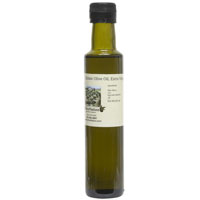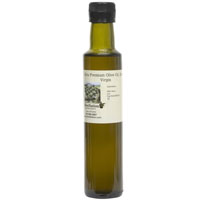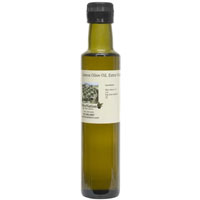How To Taste and Evaluate Olive Oils
How To Taste and Evaluate Olive Oils
How To Taste and Evaluate Olive Oils
Frequently people will ask why some olive oils are so much more expensive than others. This is a good question. Perhaps a little better understanding will go a long way to answer the question.
First of all fine extra virgin olive oil, with emphasis on "extra virgin" since plain olive oils don't qualify, are akin to fine wine. Just as fine wine is evaluated by smell, taste and finally perception, the same is true of quality extra virgin olive oils. When doing taste and evaluation, it is always good to have more than one oil on hand, preferably from different regions or even different countries. This will give you a good comparison.
The first step is to smell the olive oil. To do this, place the room temperature oil in a wide mouth glass or glass container. Then gently swirl the olive oil and smell it. Good quality olive oil should give off the aroma of olive. There should be no musty or rancid odor. Then look for other aromas, such as grass, almond, herbs, spicy and any other odors which seem apparent. Remember olive oils from different regions and countries are going to be different. So what is apparent from one area won't necessarily hold true from another area. This is one of the fun parts of olive oil tasting, i.e. picking up other scents.
Next comes the tasting. Take a small sip, making sure the olive oil stays in the front of your mouth. Observe the texture. Is it thick or thin? Is it smooth or spicy? Take note.
Once you have fully tasted it, swallow the oil. What is the aftereffect? Smooth, spicy, lingering or quickly diminishing in flavor are some of the characteristics.
Finally, cleanse your palate with some plain bread and then repeat the steps for any additional oils on hand. Be sure to take notes for comparison purposes. This type of tasting experience is also fun to do this with a few friends and then compare results!



